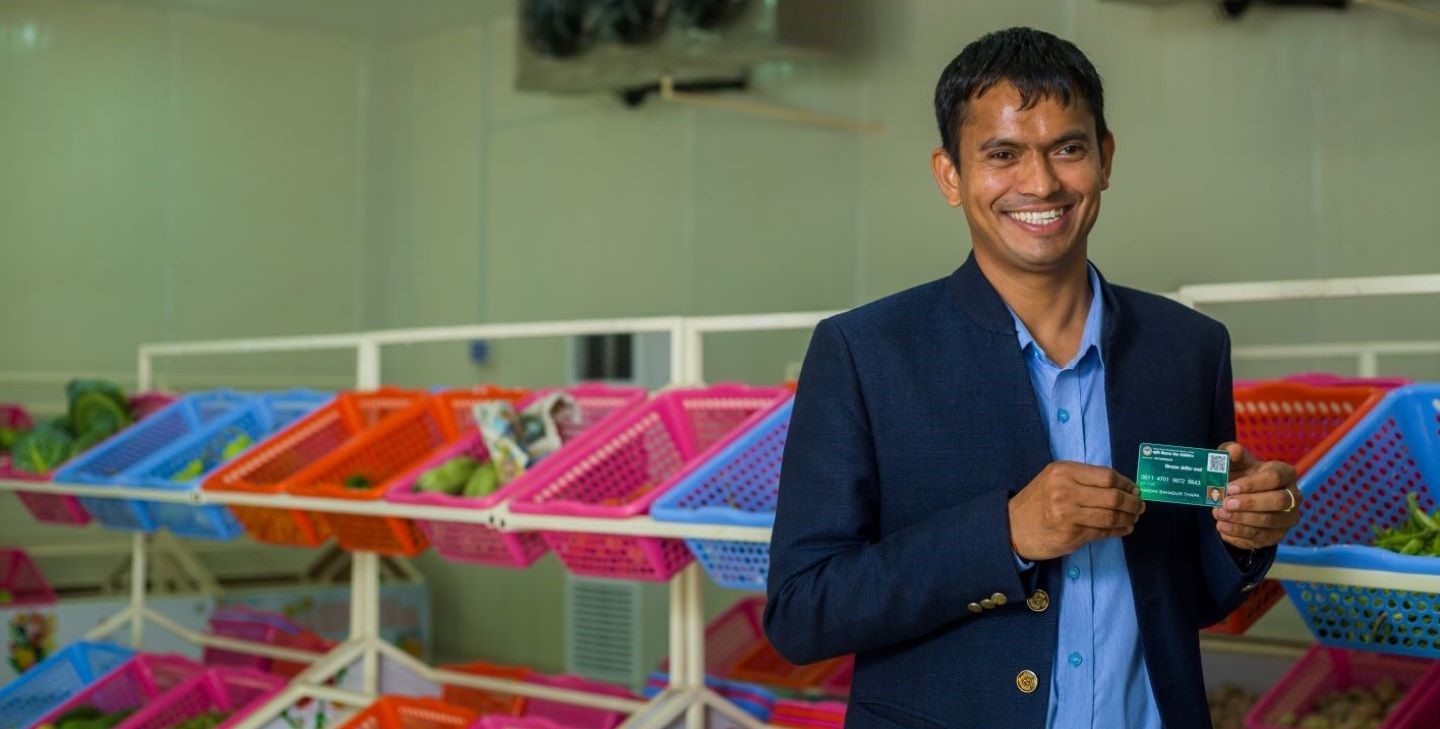Transforming rural futures through digital remittances
IFAD Asset Request Portlet
Asset Publisher
Transforming rural futures through digital remittances
Estimated reading time: 3 minutes
For countless people, remittances – or the funds that migrants send home to their families – are a lifeline. In 2022, an estimated US$647 billion in remittances were sent to low and middle-income countries.
Millions of families receive around US$ 200 each month in remittances, with about half of the international transfers estimated to go to rural people.
This may seem like a small amount—but taken together, remittances have huge potential to transform development. In fact, these flows are three times greater than global official development assistance.
As IFAD’s expert on remittances, I believe remittances are the key to achieving the Sustainable Development Goals—they put food on the table, send children to school, empower women and drive green solutions. Over the last 16 years, I’ve witnessed first-hand how these transfers can lift rural people out of poverty and help them become ever more resilient.
Transfers transformed
I've also seen how international remittances have transformed in recent years. They used to be complicated and expensive. But over the past two decades, transaction costs have dropped significantly, primarily because of a global increase in access to digital technology.
“Almost everybody in the Philippines has a mobile phone,” says Jan Manglo, a marketing manager at GCash, a major digital financial service provider in the Philippines. “Anywhere you go, anytime of the day, you can have your remittance sent to you.”
A silver lining of the pandemic was that more rural households were introduced to digital remittances, making it easier and cheaper to receive these vital funds, as they no longer had to travel to cash delivery points.
The knock-on benefits of digital money
Electronic transfers also encourage countries to invest in digital infrastructure. Better connectivity helps migrants keep in touch with the loved ones they left behind in the hopes of creating a better life for themselves and their families. Strengthened infrastructure can also boost financial inclusion, making it easier for rural people without a bank account to access other financial services, like insurance and loans. With this, they can invest in their businesses and become more resilient to all kinds of shocks.
Bridging the gender divide
Digital remittances are especially good news for women, who may be less able to take time out to go into banks due to family responsibilities or cultural norms. They are also more likely to be excluded from conventional financial systems. Digital banking empowers them by bringing their money to their fingertips in a fast and secure way.
“I just show them my ID, then they look at my cell phone to see if the reference number matches the number that they have and then they release the money,” says Remedios Valdesco, a woman in the Philippines. “I get the money immediately.”
Towards a digital future
Despite costing less than US$ 4 for every US$ 100 sent, digital transfers are still underused. In 2022, mobile remittances accounted for just 3.5 per cent of all global flows.
To better leverage remittances for rural development, we need to make it easier and more attractive for people to send and receive digital money. Today, more service providers are offering financial services and products for rural people and are reaching out to vulnerable groups, like women and youth. But there remains a huge untapped opportunity for the private sector to improve digital remittances and make money while they're at it.
However, digital isn’t a one-size-fits-all solution. Products and services should be designed to suit the digital access and literacy of users, for instance using text messages where smartphone penetration is low or simple short digit sequences for people who are not literate in the local language, as well as initiatives to build digital and financial literacy.
Through PRIME Africa, IFAD and the European Commission are promoting new digital solutions. For instance, IFAD is supporting the development of an agent network to send low-cost mobile remittances from France to rural areas in Senegal.
Just a few years ago, our pockets jangled with coins. Today, many people pay by simply scanning a QR code.
But this small convenience of the digital age is only the tip of the iceberg. As money flows from Rome to Rabat at the swipe of a finger, we can, in the process, transform rural futures.
Digital remittances make a difference for rural people in Africa through the IFAD-supported PRIME Africa initiative.
Publication date: 15 June 2023